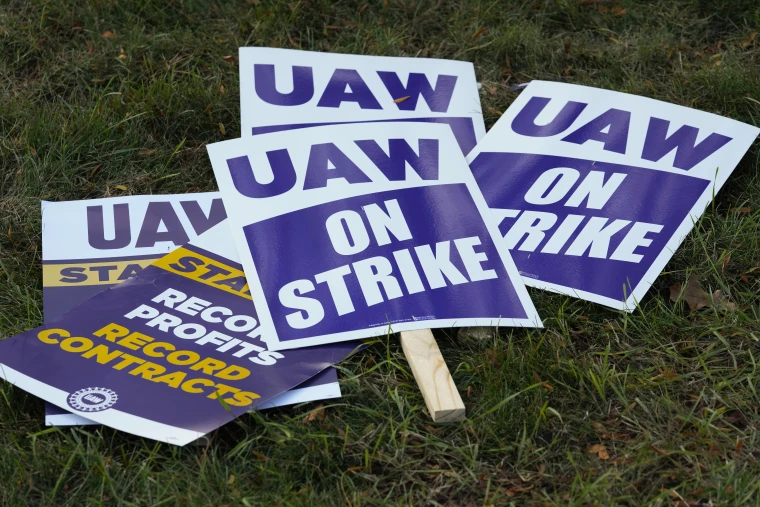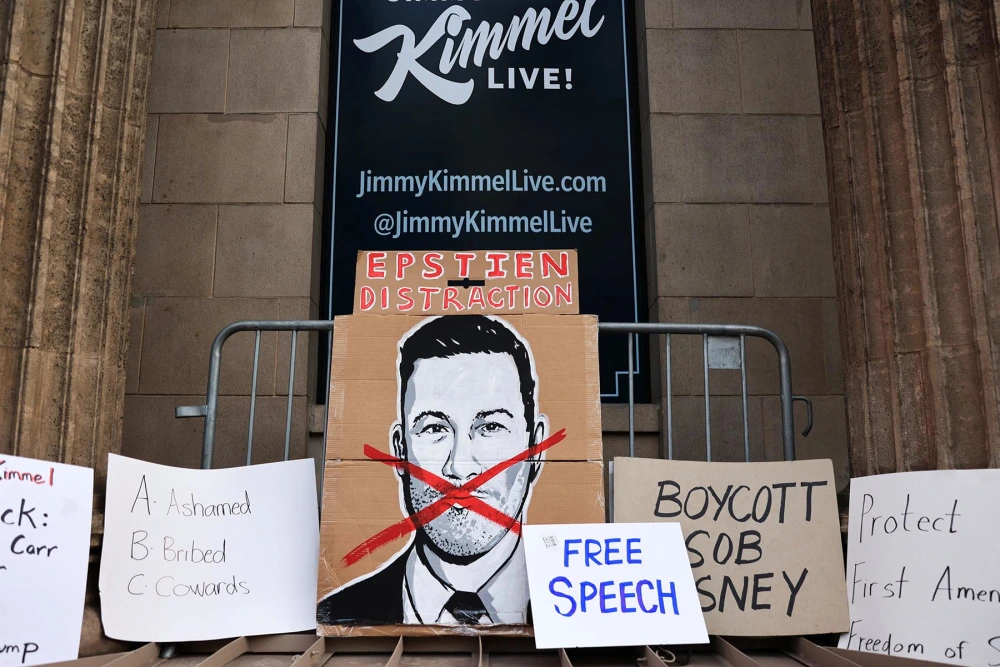After six long weeks of striking, the United Auto Workers Union reached a deal with the Detroit Big Three (Ford, GM and Stellantis). The new contracts for UAW members will include an immediate 11% wage increase, which raises to 25% by the end of the contract, reinstatement of cost-of-living adjustments that counterbalance rising inflation, a shorter progression period to the highest level of wages and some workers at battery plants will be included in the union.
These are major gains for the UAW, and the contracts are a notch on the belt of recent successes for unions in the U.S., such as the Writers Guild and the Teamster workers at UPS. The potential success of the UAW with the Big Three could be the start of a successful movement to unionize at other automakers such as BMW, Hyundai and Tesla. However, these efforts will still be difficult because these automakers are located in southern states with anti-union legislation.
Non-unionized automakers will fight to keep their plants from unionizing as most companies do through various, often illegal methods. Since the UAW strikes ended, we have already seen some automakers such as Toyota, Hyundai and Honda raise wages in what is most likely a message to workers that they don’t need to unionize to get higher wages.
Tesla has a unique policy of giving their employees stock options in the company, which would encourage those workers to not do anything like unionizing as that could lower Tesla’s stock value, at least for the short term. Tesla has not been above making threats that this stock option could go away and threatening its workers, such as when Tesla fired one union supporter, which the 5th U.S. Circuit Court of Appeals ruled was unjust.
Before the UAW can work on unionizing other automakers, the union still needs its members to approve the contracts the union leaders and companies agreed to. The voting has been a surprisingly difficult process for the UAW as not everyone is satisfied with the benefits provided.
All the contracts currently have over 50% support, with the Ford contract at 65% support, GM at 52% support and Stellantis at 82% support. However, the proportion of workers at each company whose votes have been counted is not equal, as Stellantis is still in the early stages of voting.
The main resistance to the deals seems to come from veteran workers who feel they have not gotten enough from the deal. Some are upset that the raises they’re getting are only 25% compared to newer workers who could be getting up to 160% wage increases.
Some are saddened that the deal does not do enough for retirees since it doesn’t include healthcare benefits, which can be a problem because workers in the auto industry tend to retire before they can use Medicare.
Many demands from the union weren’t met, such as a 40% wage increase and the ending of the tiered benefits and wage system that sees employees hired in the past receiving wages and benefits inaccessible to recently hired employees. The deals also lacked the 32-hour workweek and the return of pensions for all workers.









